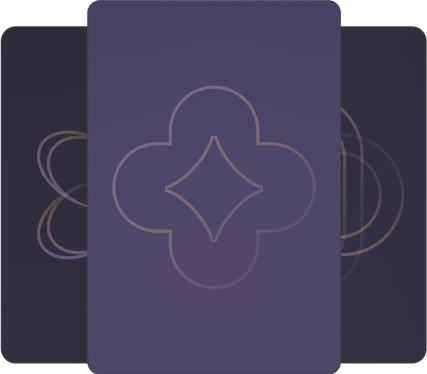What is
Digital Body Language by Erica Dhawan about?
Digital Body Language explores how to communicate effectively in virtual settings by mastering cues like tone, timing, and responsiveness. Erica Dhawan provides frameworks to build trust, avoid misunderstandings, and foster collaboration in digital interactions. Key themes include adapting traditional body language principles to emails, video calls, and messaging platforms to bridge communication gaps in remote or hybrid environments.
Who should read
Digital Body Language?
This book is essential for remote workers, leaders managing virtual teams, and professionals aiming to enhance digital communication skills. It’s particularly valuable for marketers, sales teams, and customer success specialists seeking to decode client behavior online.
What are the five essentials of digital body language?
Dhawan identifies tone, timing, pace, presence, and personalization as core components. For example, tone shapes how messages are perceived, while timing impacts urgency. Personalization tailors interactions to individual preferences, fostering deeper connections in digital workflows.
How does
Digital Body Language help build trust in virtual teams?
The book outlines four laws: Value Visibly, Communicate Carefully, Collaborate Confidently, and Trust Totally. By explicitly showing respect, clarifying intentions, and maintaining consistent responsiveness, teams can mitigate digital ambiguity and strengthen psychological safety.
What is the “trust and power matrix” in digital communication?
This framework helps users choose communication styles based on priority, emotion, respect, inclusion, and identity. For instance, response times (e.g., 90 minutes for emails vs. 90 seconds for texts) signal respect, while CC/BCC choices impact perceived transparency.
How can marketers use digital body language insights?
By analyzing actions like email opens or cart abandonment, marketers can segment audiences, personalize campaigns, and automate follow-ups. This approach increases engagement by aligning messaging with real-time user behavior.
What are common pitfalls in digital communication?
Dhawan highlights unclear tone, delayed responses, and overuse of jargon as key issues. For example, a hastily written email without emojis or formatting can inadvertently convey dismissiveness.
How does
Digital Body Language address generational or cultural differences?
The book emphasizes adapting styles to bridge gaps—e.g., older generations may prefer emails, while younger colleagues favor instant messaging. Acknowledging these preferences reduces misinterpretation and fosters inclusivity.
What practical tips does Dhawan offer for video calls?
Recommendations include enabling cameras to enhance presence, using gestures to signal engagement, and pre-sharing agendas to set clear expectations. These tactics mimic in-person cues, reducing virtual meeting fatigue.
How does personalization improve digital body language?
Tailoring messages with the recipient’s name, referencing past interactions, or selecting preferred channels (e.g., Slack vs. email) demonstrates attentiveness. This builds rapport and increases response rates.
Why is
Digital Body Language relevant in 2025?
With remote work and AI-driven communication tools dominating, Dhawan’s strategies help navigate hybrid burnout, asynchronous collaboration, and AI-augmented interactions. The book equips readers to thrive in evolving digital landscapes.
What critiques exist about
Digital Body Language?
Some note the book focuses heavily on corporate settings, with fewer examples for freelance or creative industries. However, its core principles remain applicable across sectors with minor adaptations.














